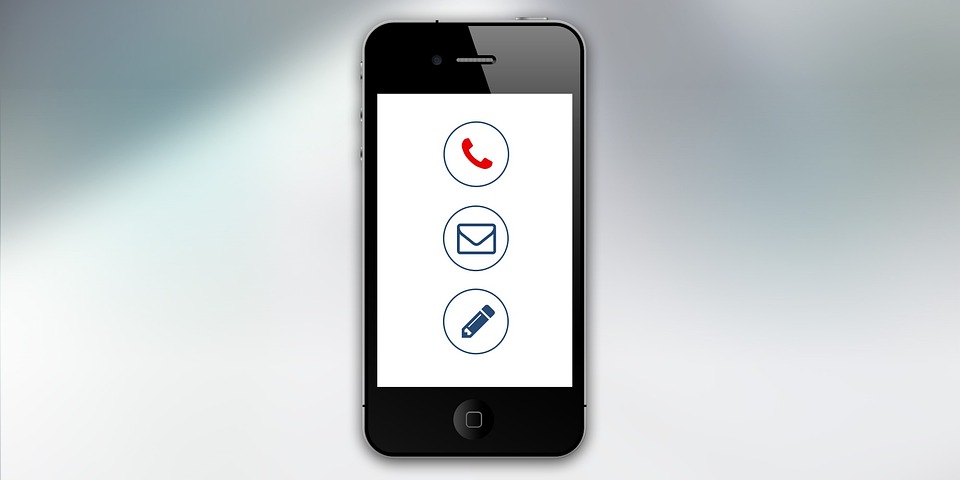Creating a Winning Drip Campaign Flowchart: Tips and Best Practices
As a marketer, you’re always looking for ways to improve and streamline your campaigns. Drip campaigns are a popular marketing tool that can help you build deeper relationships with your leads and customers. But creating a drip campaign flowchart can be a daunting task. Where do you start? What is the best way to structure your flowchart? In this article, we’ll cover all the tips and best practices you need to create a winning drip campaign flowchart.
H1: What is a Drip Campaign Flowchart?
A drip campaign flowchart is a visual representation of the automated marketing messages you send to your leads and customers. It maps out the sequence of emails or other content that will be sent, when they will be sent, and to whom they will be sent. This flowchart helps you plan and organize your campaign, ensuring that your messages are delivered to the right people at the right time.
H2: Tip #1: Define Your Goals
Before you start creating your drip campaign flowchart, define your goals. What do you want to achieve with this campaign? Do you want to convert leads into customers, upsell existing customers, or simply engage with your audience? Once you have defined your goals, you can plan your campaign around them.
H2: Tip #2: Understand Your Audience
Knowing your audience is crucial to any marketing campaign, including drip campaigns. Research your leads and customers to understand their pain points, needs, and preferences. Use this information to create targeted content that resonates with them.
H2: Tip #3: Map Out Your Sequence
When mapping out your drip campaign flowchart, start with a clear sequence of messages. This sequence should take your leads on a journey that ultimately leads to your desired goal. For example, if you want to convert leads into customers, your sequence might include the following stages:
Stage 1: Introduction – Establishing your brand and value proposition
Stage 2: Education – Providing valuable content that educates your leads and builds trust
Stage 3: Offer – Presenting a compelling offer that encourages leads to make a purchase
Stage 4: Follow-up – Nurturing your leads after they make a purchase to encourage retention and cross-selling
H2: Tip #4: Use Personalization
Personalization is key to building relationships with your leads and customers. Use data such as name, location, and previous purchases to personalize your messages. This makes your content more relevant and engaging.
H2: Tip #5: Test and Iterate
Like any marketing campaign, your drip campaign flowchart should be tested and optimized for best results. A/B testing can help you identify the elements of your flowchart that are working and those that need improvement. Use this feedback to iterate and improve your campaign over time.
H3: Best Practices for Drip Campaign Flowcharts
In addition to the tips above, there are several best practices to keep in mind when creating your drip campaign flowchart:
1. Keep it simple – Your flowchart should be easy to read and understand. Avoid clutter by keeping it simple and focused.
2. Use triggers – Triggers are actions that activate your drip campaign flowchart, such as a new lead sign-up or a completed purchase. Use triggers to ensure that your messages are sent at the right time.
3. Segment your audience – Segment your leads and customers based on their behavior, interests, and demographics. This allows you to create targeted content that resonates with each segment.
4. Analyze your results – Use analytics tools to track your campaign’s performance. This will help you identify areas for improvement and optimize your flowchart over time.
H3: FAQs
Q1: How many messages should I include in my drip campaign flowchart?
A: The number of messages you include depends on your campaign’s goals and your audience. Consider keeping it to 4-6 messages to avoid overwhelming your audience.
Q2: Can I include different types of content in my drip campaign flowchart?
A: Yes! Your drip campaign can include a variety of content types, such as blog posts, videos, and infographics.
Q3: How can I personalize my drip campaign messages?
A: Use data such as name, location, and previous purchases to personalize your messages. You can also use dynamic content to tailor messages based on specific actions or behaviors.
Q4: Should I segment my audience into different lists?
A: Yes! Segmenting your audience allows you to create targeted messages that resonate with each group.
Q5: How often should I send messages in my drip campaign flowchart?
A: The frequency of your messages depends on your audience and campaign goals. Consider sending messages weekly or bi-weekly to avoid overwhelming your audience.
H4: Conclusion
Creating a winning drip campaign flowchart is all about understanding your audience, defining your goals, and mapping out a clear sequence of messages. Use the tips and best practices in this article to build a successful campaign that engages your leads and customers. Remember to test and iterate, and use analytics to optimize your campaign over time. With the right planning and execution, your drip campaign can be a powerful marketing tool that helps you achieve your business goals.






